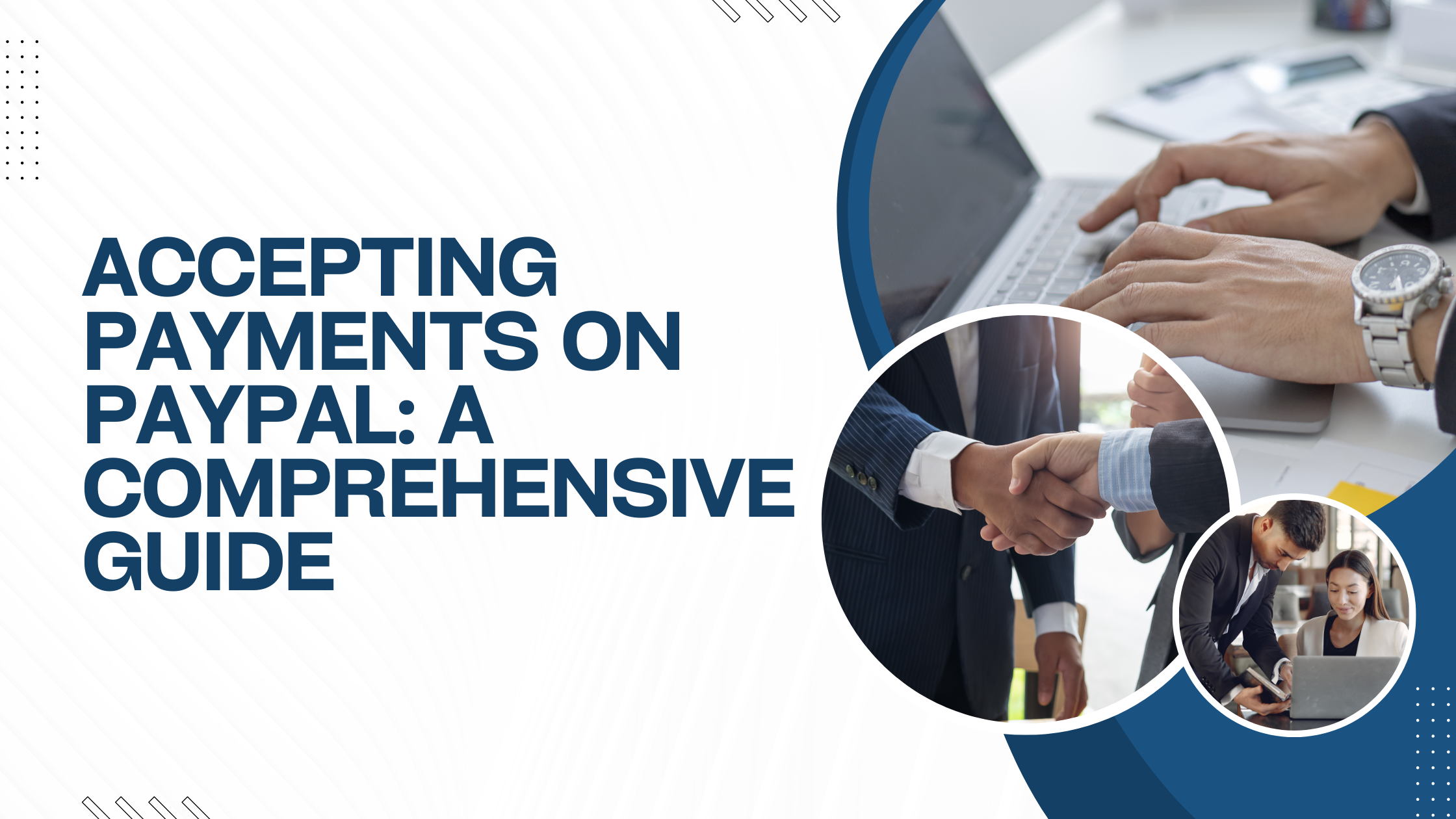
Accepting Payments on PayPal: A Comprehensive Guide
PayPal is a popular online payment system that has revolutionized the way businesses accept payments. The platform offers a safe, secure, and reliable way to process transactions, and it is used by millions of people worldwide. As a business owner, understanding how to accept payments on PayPal is crucial to the success of your enterprise. In this guide, we will provide a comprehensive overview of the various aspects of accepting payments on PayPal.
Setting Up a PayPal Account
To begin accepting payments on PayPal, the first step is to create an account. The process is straightforward and involves providing basic personal and business information. Once you have created your account, you can link it to your bank account, credit card, or debit card. This will enable you to transfer funds to and from your PayPal account.
Choosing the Right PayPal Payment Solution
PayPal offers a variety of payment solutions to suit the needs of different businesses. The most common options include PayPal Checkout, PayPal Payments Standard, and PayPal Payments Pro.
PayPal Checkout is a simple and secure way to accept payments on your website. It offers a streamlined checkout experience that can help increase conversion rates. PayPal Payments Standard is a more traditional payment solution that allows you to add a PayPal button to your website. PayPal Payments Pro, on the other hand, is a more advanced solution that provides a customizable checkout experience and additional features.
Whichever option you choose, it is essential to ensure that it aligns with your business needs.
Integrating PayPal into Your Website
Once you have chosen the right PayPal payment solution for your business, the next step is to integrate it into your website. This process involves adding the PayPal button or checkout widget to your site. PayPal provides detailed instructions on how to do this, and you can also seek the help of a web developer if you need assistance.
Ensuring Security and Compliance
Security and compliance are critical aspects of accepting payments on PayPal. The platform employs various security measures to protect users’ data and prevent fraud. Additionally, businesses that accept payments on PayPal must comply with various regulatory requirements. This includes ensuring that their website is PCI compliant and that they are not engaging in any prohibited activities.
Understanding Fees and Charges
PayPal charges fees for processing transactions. The fees vary depending on the type of transaction, the amount, and the location of the buyer and seller. It is essential to understand these fees and charges to avoid any surprises and ensure that you are pricing your products and services appropriately.
Managing PayPal Transactions
Managing PayPal transactions involves monitoring incoming and outgoing payments, reconciling accounts, and ensuring that there are no discrepancies. PayPal provides various tools to help businesses manage their transactions, including transaction reports, invoice tracking, and payment reminders.
Resolving Disputes
Disputes can arise when accepting payments on PayPal. This can include issues with payment processing, shipping, or product quality. It is essential to have a process in place for resolving disputes promptly and efficiently. PayPal provides various dispute resolution tools, including a resolution center, which allows users to file and manage disputes.
Conclusion
Accepting payments on PayPal can be a game-changer for businesses. It provides a safe, secure, and reliable way to process transactions, which can help increase sales and build customer loyalty. However, it is crucial to understand the various aspects of accepting payments on PayPal to ensure that you are maximizing its potential. By following the guidelines outlined in this guide, businesses can set up, integrate, and manage their PayPal accounts effectively.



I’d like to find out more? I’d love to find out more details.
Wow, incredible weblog layout! How lengthy have you been blogging for?
you made blogging glance easy. The overall look of your website is wonderful, as smartly
as the content! You can see similar here e-commerce